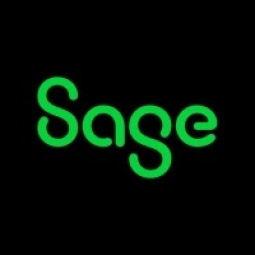公司规模
SME
地区
- Pacific
国家
- Australia
产品
- Sage 500 ERP
- Sage SalesLogix
技术栈
- UNIX
实施规模
- Enterprise-wide Deployment
影响指标
- Productivity Improvements
- Cost Savings
技术
- 功能应用 - 企业资源规划系统 (ERP)
适用功能
- 离散制造
- 销售与市场营销
用例
- 自动化制造系统
- 库存管理
服务
- 系统集成
关于客户
Workspace Commercial Furniture 是一家商业家具制造商和经销商,总部位于南澳大利亚州梅尔罗斯公园。近 100 年来,该公司一直是澳大利亚优质家具领域的知名品牌。它在悉尼、堪培拉、墨尔本和阿德莱德设有销售办事处,生产座椅、办公桌、工作站和酒店用品。该公司以使用最新技术制造家具而自豪。它拥有四个分店,拥有 150 名员工。
挑战
Workspace Commercial Furniture 是澳大利亚优质家具领域的知名品牌,但其业务系统却举步维艰。该公司使用的是基于 UNIX 的陈旧会计系统,速度慢、容易出错,而且需要程序员花时间来创建报告。此外,其销售业务是手动运行的,效率低下,需要重复输入三遍数据。该公司正在寻找一种超灵活的新解决方案,尤其是在报告选项方面。它还希望拥有一个具有复杂财务分析和客户关系管理功能的端到端系统。
解决方案
Workspace 于 2003 年实施了 Sage SalesLogix,并于 2005 年初实施了 Sage 500 ERP。该公司依靠 Sage 500 ERP 中的 MRP 模块进行所有物料需求计划。该模块生成特定周的工作计划,按部门、部门和工厂车间的工作中心对工作进行分类。该模块将当前和预计的需求与现有材料进行比较。它会自动建议批准采购订单申请,然后生成给供应商的确定采购订单。Sage 500 ERP 还会为 Workspace 生产的所有产品打印标签,并附上说明和交货点。该软件会根据各州自动调度并跟踪交货时间。
运营影响
数量效益

Case Study missing?
Start adding your own!
Register with your work email and create a new case study profile for your business.
相关案例.
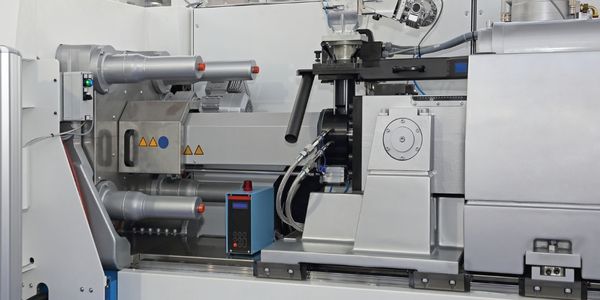
Case Study
Plastic Spoons Case study: Injection Moulding
In order to meet customer expectations by supplying a wide variety of packaging units, from 36 to 1000 spoons per package, a new production and packaging line needed to be built. DeSter wanted to achieve higher production capacity, lower cycle time and a high degree of operator friendliness with this new production line.
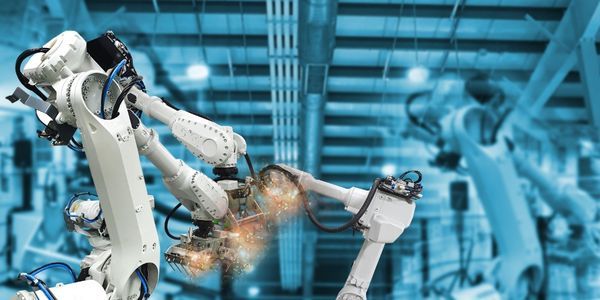
Case Study
Robot Saves Money and Time for US Custom Molding Company
Injection Technology (Itech) is a custom molder for a variety of clients that require precision plastic parts for such products as electric meter covers, dental appliance cases and spools. With 95 employees operating 23 molding machines in a 30,000 square foot plant, Itech wanted to reduce man hours and increase efficiency.

Case Study
Hospital Inventory Management
The hospital supply chain team is responsible for ensuring that the right medical supplies are readily available to clinicians when and where needed, and to do so in the most efficient manner possible. However, many of the systems and processes in use at the cancer center for supply chain management were not best suited to support these goals. Barcoding technology, a commonly used method for inventory management of medical supplies, is labor intensive, time consuming, does not provide real-time visibility into inventory levels and can be prone to error. Consequently, the lack of accurate and real-time visibility into inventory levels across multiple supply rooms in multiple hospital facilities creates additional inefficiency in the system causing over-ordering, hoarding, and wasted supplies. Other sources of waste and cost were also identified as candidates for improvement. Existing systems and processes did not provide adequate security for high-cost inventory within the hospital, which was another driver of cost. A lack of visibility into expiration dates for supplies resulted in supplies being wasted due to past expiry dates. Storage of supplies was also a key consideration given the location of the cancer center’s facilities in a dense urban setting, where space is always at a premium. In order to address the challenges outlined above, the hospital sought a solution that would provide real-time inventory information with high levels of accuracy, reduce the level of manual effort required and enable data driven decision making to ensure that the right supplies were readily available to clinicians in the right location at the right time.
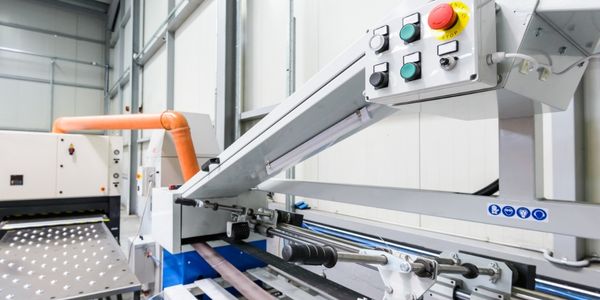
Case Study
Fully Automated Visual Inspection System
Tofflon has developed a fully automatic machine that uses light to inspect vials, medicine bottles, or infusion containers for glass fragments, aluminum particles, rubber grains, hairs, fibers, or other contaminants. It also detects damaged containers with cracks or inclusions (microscopic imperfections), automatically removing faulty or contaminated products. In order to cover all production processes for freeze-dried pharmaceuticals, Tofflon needed to create an open, consistent, and module-based automation concept.
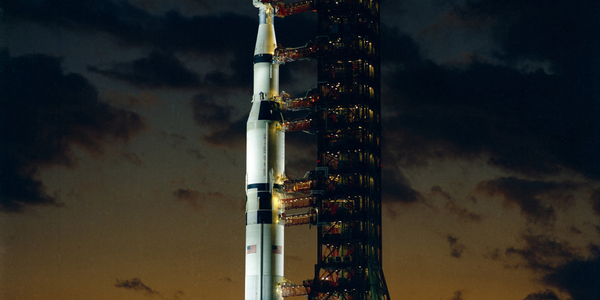
Case Study
SAP Leonardo Enabling Rocket Science
At times, ULA has as many as 15 different operating systems dedicated to overlapping processes, such as rocket design, testing, and launch. Multiple systems created unnecessary costs and unwanted confusion among workers at offices, factories, and launch sites in different location. In order to improve collaboration and transparency during vital activities that directly influence mission success, ULA wanted to improve data sharing and streamline manufacturing processes.




